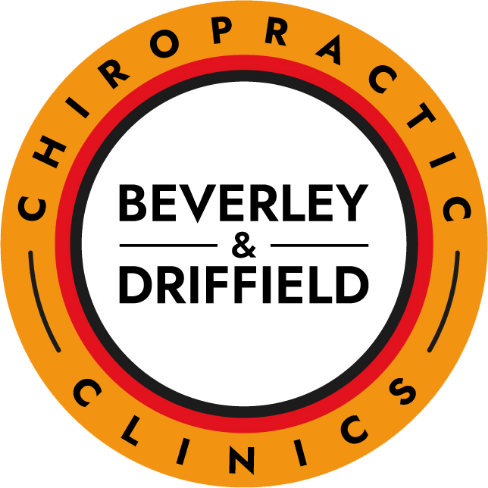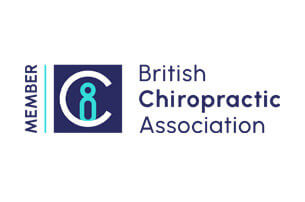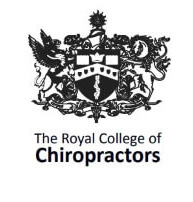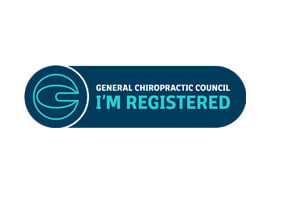 We see all kinds of knee pain at the Beverley and Driffield Chiropractic Clinics, with knee osteoarthritis making up a large portion of cases. Manual therapy of the knee combined with exercise therapy has been shown to be effective to the symptoms of knee osteoarthritis (you can read the research linked below). We see many patients that seek our help while awaiting a knee replacement, and many more who do not yet qualify/wish to go forward for surgery. We cannot cure osteoarthritis, but we can offer gentle treatment options to improve and reduce pain.
We see all kinds of knee pain at the Beverley and Driffield Chiropractic Clinics, with knee osteoarthritis making up a large portion of cases. Manual therapy of the knee combined with exercise therapy has been shown to be effective to the symptoms of knee osteoarthritis (you can read the research linked below). We see many patients that seek our help while awaiting a knee replacement, and many more who do not yet qualify/wish to go forward for surgery. We cannot cure osteoarthritis, but we can offer gentle treatment options to improve and reduce pain.
Knee osteoarthritis (OA) is defined as the breakdown of articular cartilage of the knee joint. Usually, people experience a gradual onset of pain and restriction in the movement of the joint. It can affect one or both knees.
Common signs and symptoms
- Pain often felt on the inner part of the knee first
- The gradual onset of pain, seemingly without a known trigger
- Pain, often described as deep aching or gnawing
- Often worse after periods of rest and then ease with gentle movement
- Worse with high impact movement or high mileage
- Morning stiffness which eases once you get up and going.
- Antalgic gaitœ limping due to pain or the feeling of leaning away from the painful side
Do I need an x-ray?
The chiropractor often strongly suspects the presence of knee OA even before diagnostic imaging. After a thorough case history and examination, the chiropractic may feel that your symptoms are highly indicative of knee OA. This can only be fully determined by diagnostic imaging. Should the chiropractor feel that medical imaging is warranted, they can make a referral for this with your permission.
Treatment options
There are many options for treatment, but perhaps some of the most common are:
Chiropractic: While we cannot cure osteoarthritis, chiropractic treatment can help to relieve discomfort and improve movement and function of the knee joint. We use a combination of gentle joint mobilisations and soft tissue techniques to improve symptoms. Due to the nature of the underlying problem, a course of treatment is usually recommended and this will be outlined during your initial consultation. Your chiropractor can also recommend exercises for home management.
Exercise: exercise is particularly effective in combination with chiropractic treatment. Strengthening the quadriceps muscles (thigh muscles) is key. Your chiropractor can advise you about what types of exercise may be the most beneficial for you.
Weight loss and education: In patients with knee OA, a weight reduction of 10% improved function by 28% !! Read more here: https://www.oarsijournal.com/article/S1063-4584(04)00203-1/fulltext
Joint replacement: may be considered in cases of severe pain and significantly reduced mobility. As will all surgery, joint replacement is often considered a last resort. We see a lot of patients while they are awaiting surgery to help them to manage pain meanwhile.
Pain medication: this is something to speak to your doctor about. Often people find relief from over the counter pain medication, but effects are typically short-lived and as with any medication it can come with unpleasant side effects.
We have linked just some of the research below for you to read:
Brantingham JW, Globe G, Pollard H, Hicks M, Korporaal C, Hoskins W. Manipulative therapy for lower extremity conditions: expansion of literature review. J Manipulative Physiol Ther. 2009 Jan;32(1):53-71. doi: 10.1016/j.jmpt.2008.09.013. PMID: 19121464.
Bronfort, G., Haas, M., Evans, R. et al. Effectiveness of manual therapies: the UK evidence report .Chiropr Man Therap 18, 3 (2010). https://doi.org/10.1186/1746-1340-18-3



